The Îles de Los, off the Kaloum Peninsula some 10km (6 miles) southwest of Conakry, are easily accessible by boat from the capital. Good beaches can also be found at the Île de Roume and Île de Kassa. They make a popular daytrip for people escaping the city at the weekends.
Guinea things to see and do
An expedition to the source of the Niger makes an interesting excursion from Faranah. The mighty river flows from Foroknia north to Bamako. If you want to seek the source, it’s best to take a local guide on this adventure as the area is sacred to some local people and should be traversed sensitively.
Not far from Conakry is the town of Kindia, renowned for its quality cloth and weaving. Visitors can stop by an indigo dyeing centre and make some purchases at the cloth market in the centre of town. In another nearby town, Katikan, open-air markets sell a range of handicrafts.
Known as the land of fruit, faith and freedom, the Fouta Djalon highlands are renowned for their picturesque hills, which offer superb views and are ideal for hiking. The highest point is Mount Loura at 1,515m (4,970ft). Mamou, a nearby town, has some good facilities and excellent street food.
The Kakimbon Caves in the village of Ratoma, now a suburb of Conakry, are the source of many interesting legends and are bestowed with great religious significance by the local Baga people. With a local guide it is possible to explore the caves and learn their legends.
If Guinea has a party town, it’s probably Faranah. When the sun sets, this town buzzes with people frequenting the area's many cafes and restaurants. Its great mosque, villas, boulevards and markets also make this an interesting stop for visitors.
There are no national parks in Guinea, but wildlife can be observed in the northeast savannahs between the Tinkisso River and the Mali border, in the foothills of the Fouta Djalon highlands and in the southeast of the country. Forest elephants and chimpanzees live in Guinea, but wildlife is under threat from mining, logging and the bush meat trade.
Conakry is located on the island of Tumbo and is connected to the Kaloum Peninsula by a pier. The botanical gardens, with impressive Kapok trees, are worth a visit. The Cathedral, built in the 1930s, is also well worth viewing. The National Museum, houses a collection of masks, statues and musical instruments. The Palais du Peuple is a large, Chinese-built auditorium home to two ballet troupes.
Approximately 150km (93 miles) outside Conakry is the picturesque Le Voile de la Mariée. Amid lush vegetation the River Sabende plunges over a 70m-high (229ft) rock into a deep pond. Also worth visiting is the lofty Kinkon Falls in Pita, between Dalaba and Labé, which are most impressive in the rainy season between May and October.
Do you have any Feedback about this page?
© 2025 Columbus Travel Media Ltd. All rights reserved. No part of this site may be reproduced without our written permission, click here for information on Columbus Content Solutions.

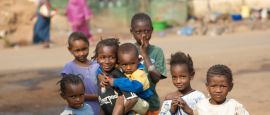

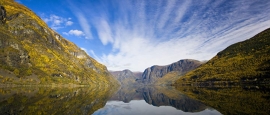
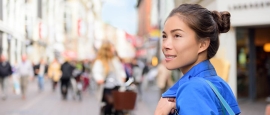
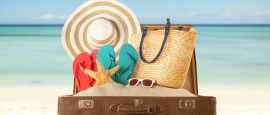
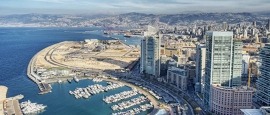

 You know where
You know where